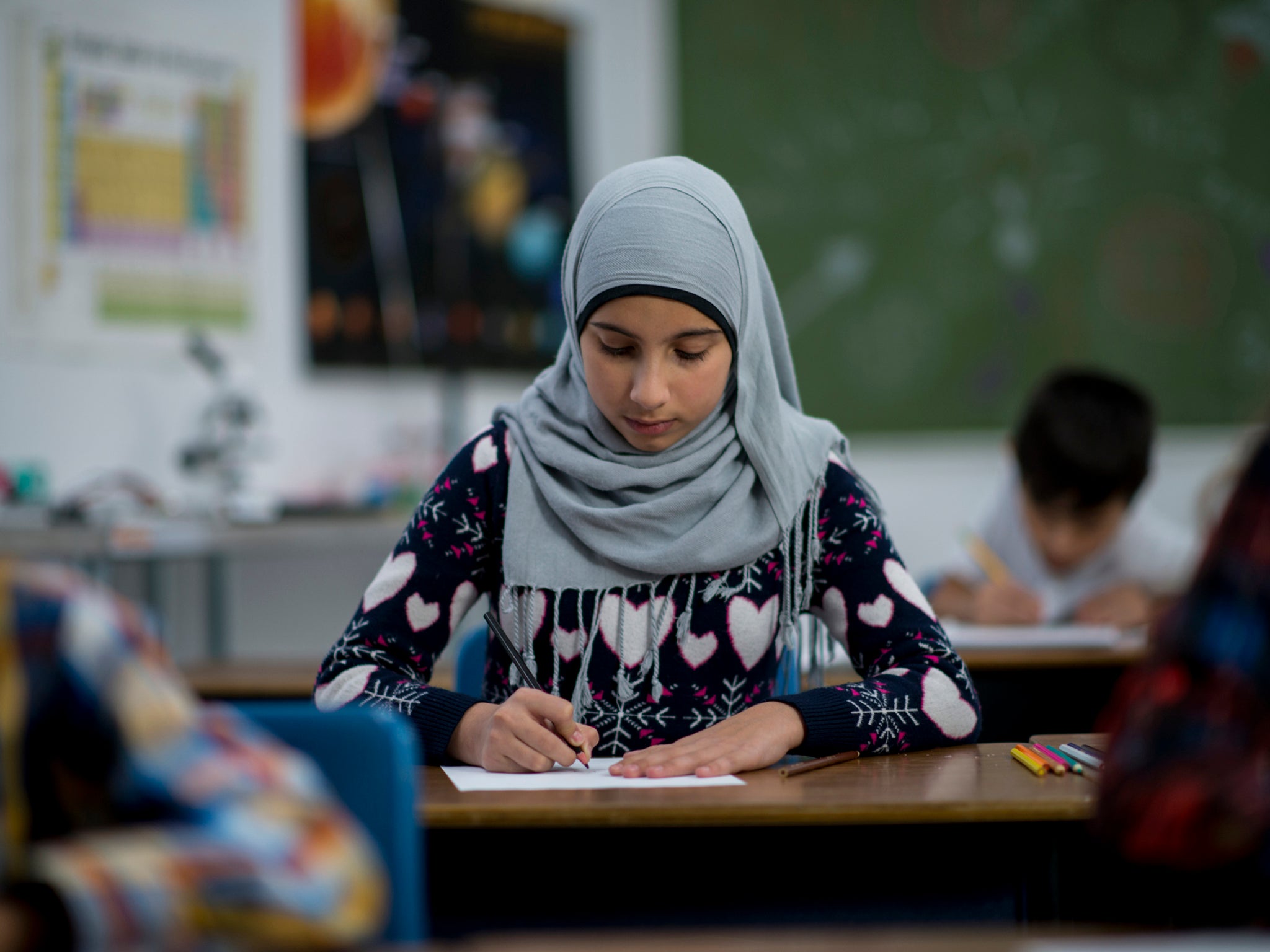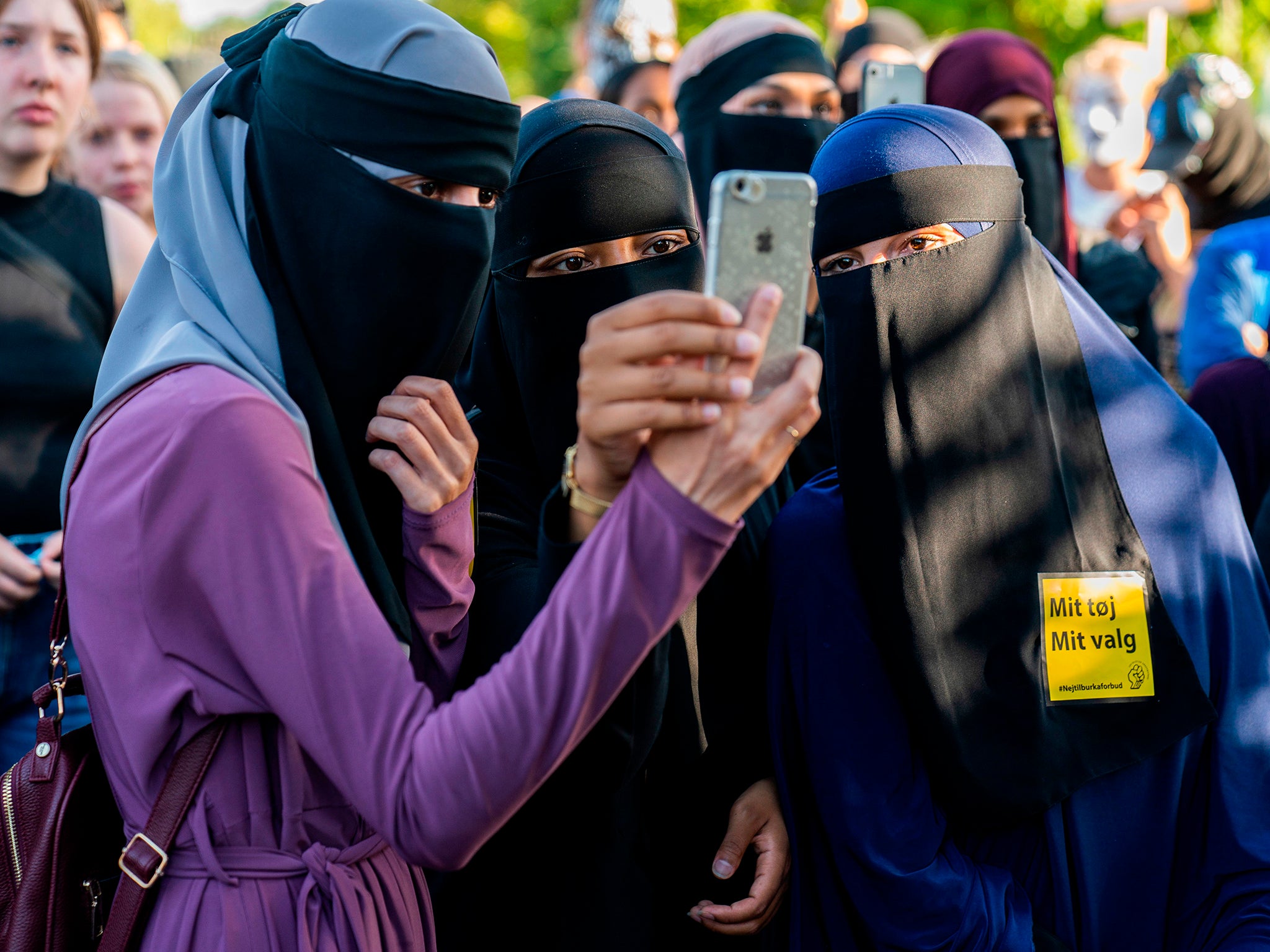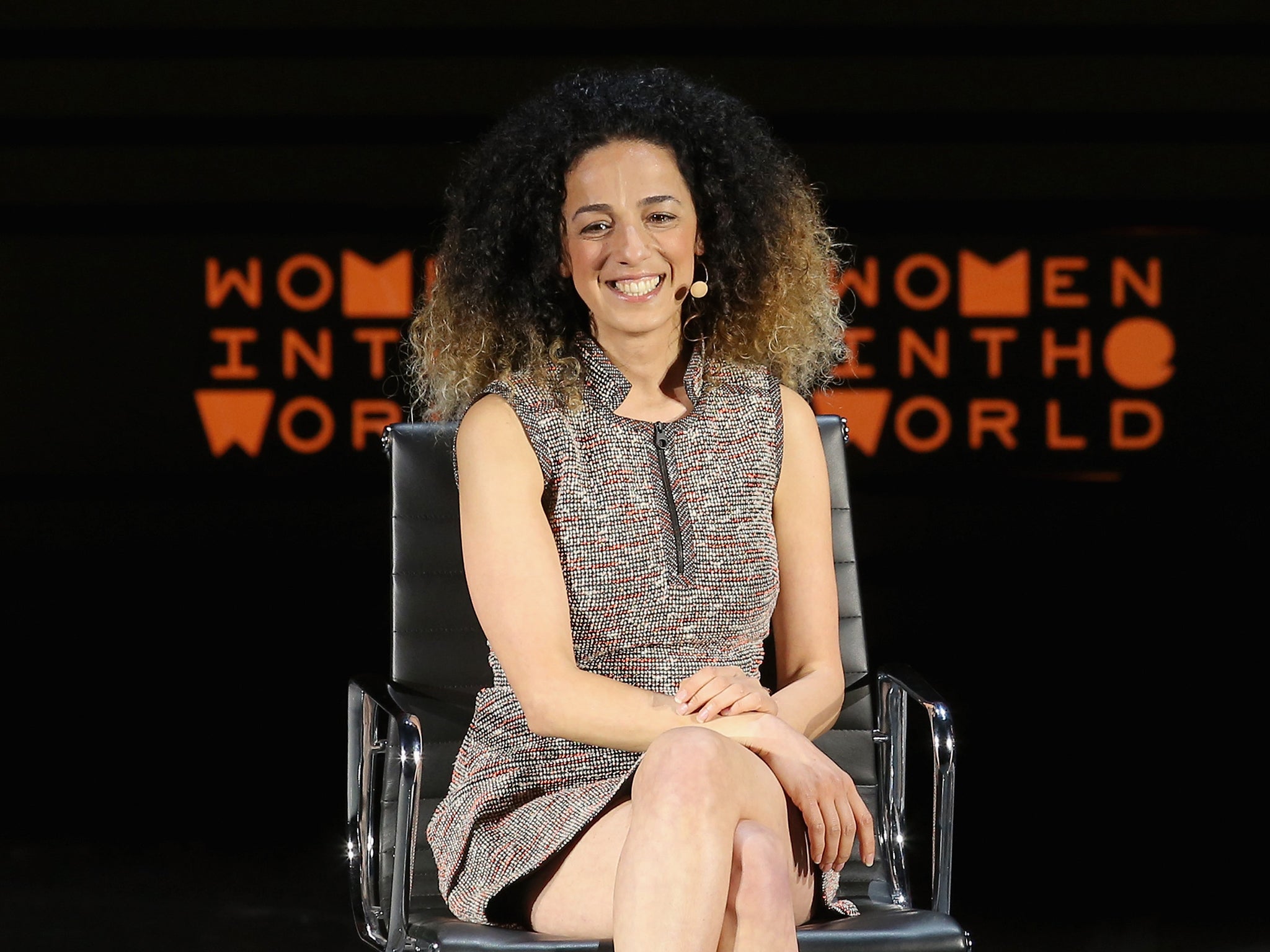There are two types of hijab – and the difference is huge
Masih Alinejad and Roya Hakakian explain the difference between the democratic and the tyrannical hijab

In an interview for the April issue of Vogue Arabia, Somali-American congresswoman Ilhan Omar said, “To me, the hijab means power, liberation, beauty and resistance.” As two women who once lived with the mandatory hijab in Iran, we hope to bring another perspective to this complex matter by describing our experiences.
There are two vastly different kinds of hijabs: the democratic hijab, the head covering that a woman chooses to wear; and the tyrannical hijab, the one that a woman is forced to wear.
In the first kind, a woman has agency. She sets the terms of her hijab, appearing as ascetic or as appealing as she wishes. She can also wear makeup and fashionable clothing if she likes.
In the second kind of hijab, the woman has no agency. Where we lived, the terms were set by Iranian government authorities under a mandatory dress code that banned women from wearing makeup in public and forced them to wear a baggy, knee-length garment to fully disguise the shape of their bodies, over a pair of pants and closed-toed shoes. For a while, the authorities even decreed the colours that women could wear: grey, black, brown or navy.
Years of young Iranian women’s unofficial revisions of the code have succeeded in wearing down the government’s rigidity, but the official law remains unchanged and is capriciously enforced. A random sweep can result in mass arrests on a single day.
Meanwhile, in Afghanistan, women are alarmed by the planned departure of US troops and the negotiations with the Taliban, terrified by the possible return to power of a group whose oppression of women has included the imposition of the burqa – taking the Iranian dress code one step further and covering even their faces. In Saudi Arabia, the abaya and niqab, allowing only women’s eyes to show, are not legally imposed, but the patriarchal society makes wearing them essentially compulsory.

Women who live under these forms of hijab effectively live under a gender apartheid. The coverings mark women as lesser citizens, legally and socially unequal. In Iran, there are restrictions on women’s ability to travel, obtain a divorce or enter sports stadiums. A woman’s courtroom testimony is in most cases given half the weight of a man’s. The forced hijab honours neither tradition nor religion; it is a powerful tool of misogynist oppression.
Women are rebelling against these rules. In Saudi Arabia, Loujain al-Hathloul and several other activists have been jailed for their work towards gaining equal rights. In Iran, the #WhiteWednesdays campaign has endured for several years as women – old and young, from every segment of society – wave white scarves in defiance of the hijab laws, walk the streets with their heads uncovered, and risk arrest and imprisonment.

These women aren’t seeking the hijab’s eradication; they are simply demanding the right to choose what they wear. They hunger for the sort of liberty that is the cornerstone of US democracy. We are pleased to see Omar proudly exercise her right to don the hijab. In an era when nativism is rising in the United States and in many other countries, it is important for those who support the values of a pluralistic society to stand up for the rights of their threatened minorities. In that spirit, we wholeheartedly stand with our Muslim sisters in the West and support their choices.
In return, we ask the global sisterhood to stand with Iranian women as they fight against the mandatory hijab. We ask that American women support Iran’s most prominent human rights lawyer, Nasrin Sotoudeh, who has been sentenced to 38 years in prison and 148 lashes after defending the women who have defied the hijab laws with their peaceful acts of protest.

Just as Americans must distinguish between violent radicals and ordinary Muslims to successfully fight the former and honour the rights of the latter, so must they recognise that not all hijabs are created equal. Omar and other Muslim women who benefit from the freedom that America has bestowed on them are especially well positioned to speak up for women forced into their hijabs.
By itself, the hijab is a mere piece of cloth. Tyranny turns it into a symbol of oppression. It is democracy, with its embrace of diversity, that turns the hijab into an emblem of power or beauty for those who choose to wear it.
Alinejad is the author of ‘The Wind in My Hair: My Fight for Freedom in Modern Iran’ and the founder of the #WhiteWednesdays campaign in Iran. Hakakian is co-founder of the Iran Human Rights Documentation Center and the author of the memoir ‘Journey from the Land of No: A Girlhood Caught in Revolutionary Iran’
© Washington Post
Join our commenting forum
Join thought-provoking conversations, follow other Independent readers and see their replies
Comments
Bookmark popover
Removed from bookmarks